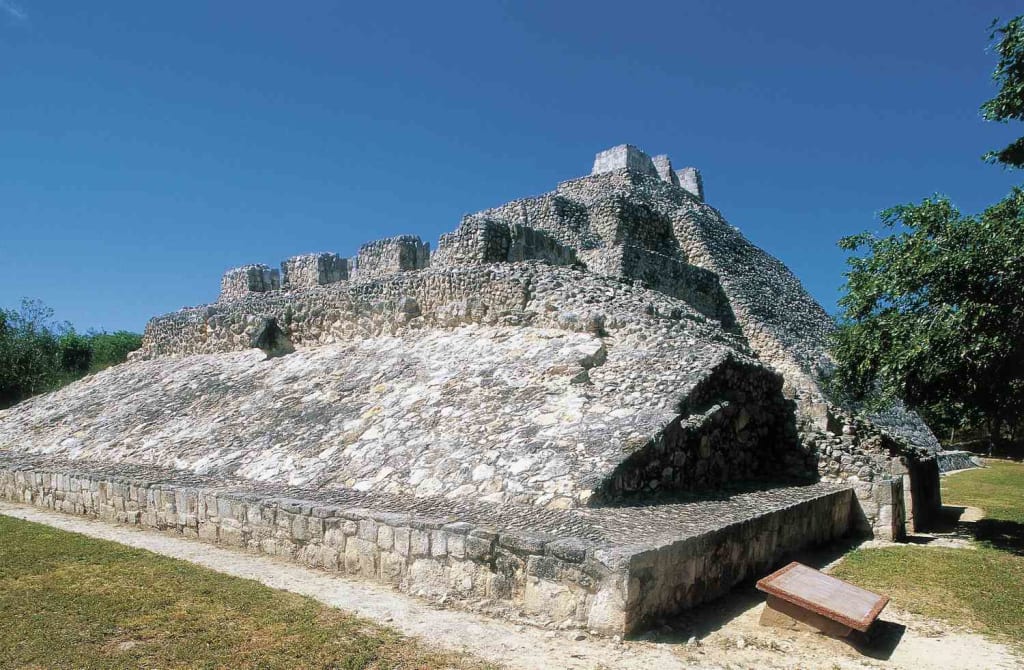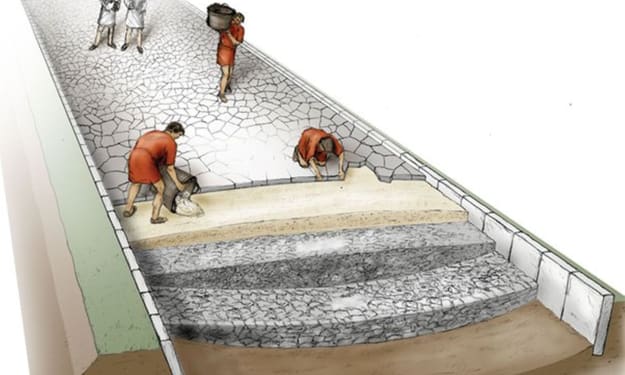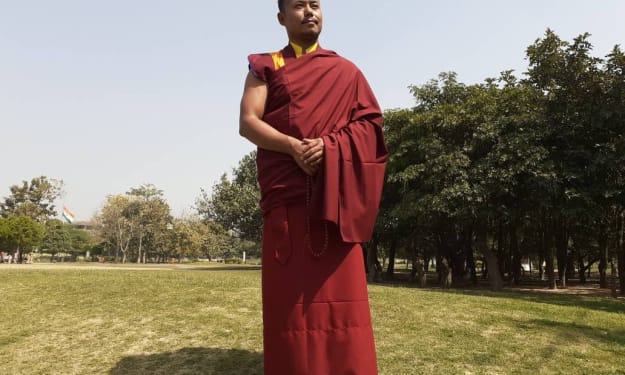Mesoamerican Ballgame Courts: Ancient Arenas of Sport and Ritual
History

Mesoamerican ballgame courts, iconic structures found throughout ancient Mesoamerica, are remnants of a sport that was far more than just a game. These courts hosted a ritualistic ballgame that was deeply embedded in the social, political, and religious life of pre-Columbian civilizations, such as the Maya, Aztec, and Olmec. The ballgame, often referred to as "ōllamaliztli" in Nahuatl, the language of the Aztecs, was a complex and symbolic activity that served various functions in Mesoamerican societies. In this article, we delve into the history, construction, and cultural significance of Mesoamerican ballgame courts.
The origins of the Mesoamerican ballgame trace back to as early as 1400 BCE, with the Olmec civilization likely being the first to play the game. Over time, the game spread across Mesoamerica, with variations of the ballgame appearing among the Maya, Aztec, and other regional cultures. By the height of its popularity, the ballgame was a widespread phenomenon, with courts found in nearly every major Mesoamerican city.
Mesoamerican ballgame courts, known as "tlachtli" in Nahuatl and "pok-ta-pok" or "pitz" in Maya, varied in size and shape but typically followed a common layout. The courts were generally shaped like a capital "I," with a long central alley flanked by two parallel walls and end zones at each end. These walls often featured vertical stone rings or markers positioned high above the ground. The objective of the game varied, but in many versions, players aimed to pass a rubber ball through these rings or hit designated markers without using their hands.
The construction of these courts was a significant architectural achievement. Courts were typically made of stone and plaster, with the playing surfaces meticulously maintained to ensure the game's smooth progression. The size of the courts could vary dramatically, with some being as long as 150 meters. The walls of the courts were often decorated with elaborate carvings and inscriptions that depicted ballgame scenes, deities, and symbolic imagery related to the game's ritualistic aspects.
The ball used in the game, made from solid rubber, could weigh as much as 4 kilograms. This heavy ball, combined with the fast-paced nature of the game, meant that injuries were common. Players wore protective gear such as padded belts, knee pads, and helmets to mitigate the risks. Despite the physical dangers, the ballgame was a prestigious activity, with players often being esteemed members of society.
The significance of the Mesoamerican ballgame extended far beyond mere recreation. The game held profound religious and cosmological meanings. It was often associated with the Mesoamerican creation myth, particularly the story of the Hero Twins in Maya mythology, who played the ballgame against the lords of the underworld. This mythological context imbued the game with symbolic references to life, death, and the movement of celestial bodies.
Ballgames were frequently conducted as part of religious festivals and state ceremonies. They were believed to appease the gods and ensure cosmic order and agricultural fertility. The outcome of the game could symbolize cosmic battles between light and darkness, good and evil. In some instances, the game had significant political implications, with the fate of captives or the outcome of political disputes decided on the ballcourt.
Human sacrifice was another dark aspect of the ballgame's ritualistic role. Some versions of the game ended with the sacrifice of players, often the losing team, though in some accounts, the victors were the ones offered to the gods as a more honorable tribute. These sacrifices were seen as essential for maintaining divine favor and the balance of the universe.
The social and political dimensions of the ballgame were equally important. It was a means of reinforcing social hierarchies, displaying political power, and resolving conflicts. Elite members of society, including kings and nobles, often sponsored and participated in the games, using them as displays of wealth, power, and divine favor.
Despite the fall of the major Mesoamerican civilizations with the Spanish conquest, the legacy of the ballgame and its courts endures. Many modern-day communities in Mesoamerica still play variations of the ancient game, keeping the tradition alive. Archaeological sites with well-preserved ballcourts, such as those in Chichen Itza, Copan, and Monte Alban, continue to attract scholars and tourists alike, offering a glimpse into the rich cultural tapestry of ancient Mesoamerica.
In conclusion, Mesoamerican ballgame courts are remarkable historical structures that offer deep insights into the cultures that built them. These courts were not just arenas for sport but were central to the religious, social, and political life of ancient Mesoamerican societies. Their construction and use reflect the complex interplay between human endeavor, cosmological belief, and societal organization. Today, they stand as enduring symbols of Mesoamerican ingenuity and the profound cultural significance of their ancient ballgame.
About the Creator
Marveline Merab
“History never repeats itself. Man always does.”
― Voltaire
Enjoyed the story? Support the Creator.
Subscribe for free to receive all their stories in your feed. You could also pledge your support or give them a one-off tip, letting them know you appreciate their work.






Comments
There are no comments for this story
Be the first to respond and start the conversation.